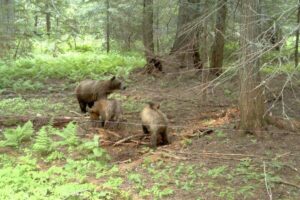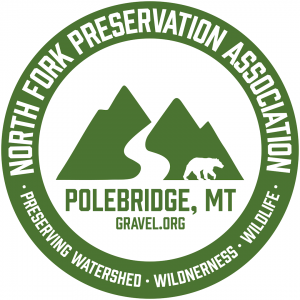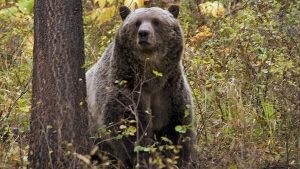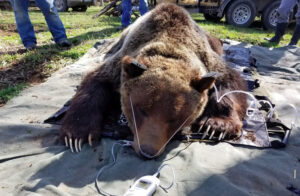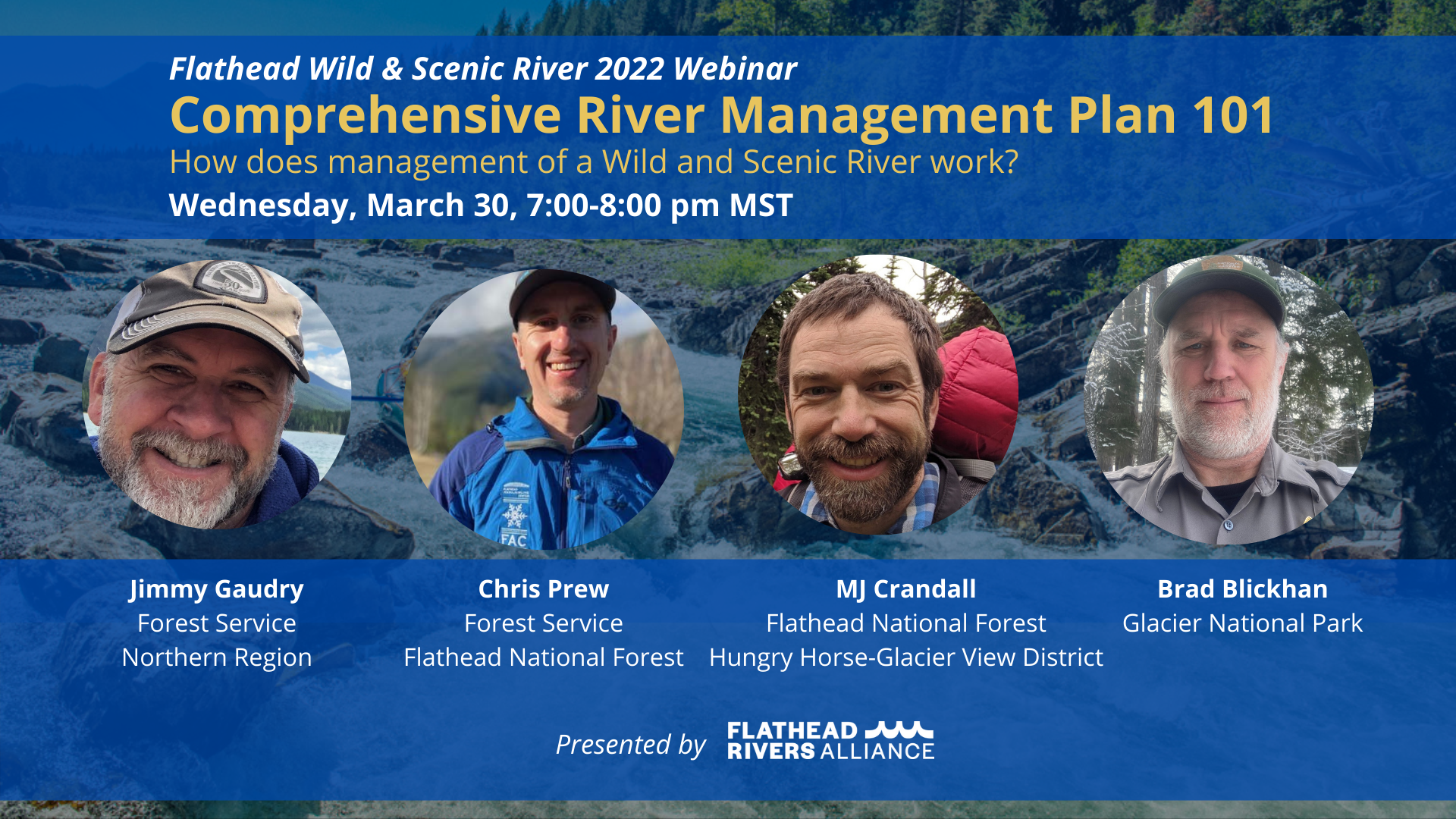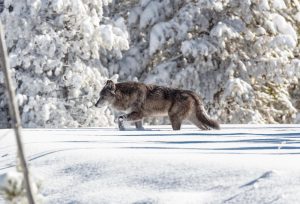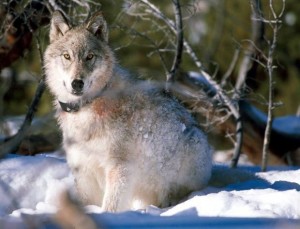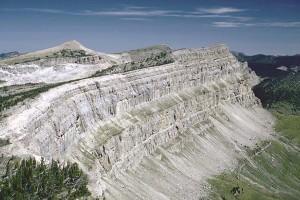
Here’s an excellent article centered on the Bob Marshal Wilderness. NFPA founding member Frank Vitale gets more than just a passing mention.
(And there’s even a link back to this website. See if you can find it.) . . .
Here’s a partial list of things you cannot, under any circumstances, take into the Bob Marshall Wilderness, in Montana: chainsaws, mountain bikes, ATVs, tractors, wheelbarrows. If it has gears, it stays home. If it’s mechanical in any way, it’s a no-go.
Those are the rules deemed necessary to protect the United States’ 803 federally designated wilderness areas. The Bob Marshall Wilderness Complex, with its 1,849 miles of trails, happens to be one of the biggest.
The Bob, as it is affectionately called by Montanans, is home to wolves, grizzlies, elk, moose and mountain lions. The pristine territory is more than 1.5m acres, roughly eight times the size of New York City. And thanks to the 1964 Wilderness Act, it is not crossed by a single road. Drones and bush planes are also, today, strictly forbidden.
But here’s what you can take along for the ride instead: the humble mule.

